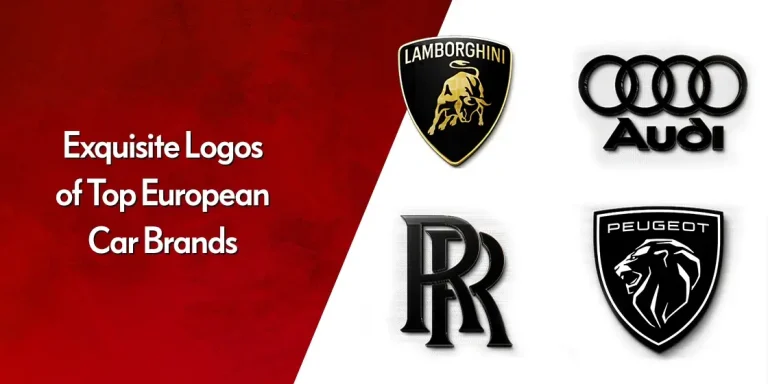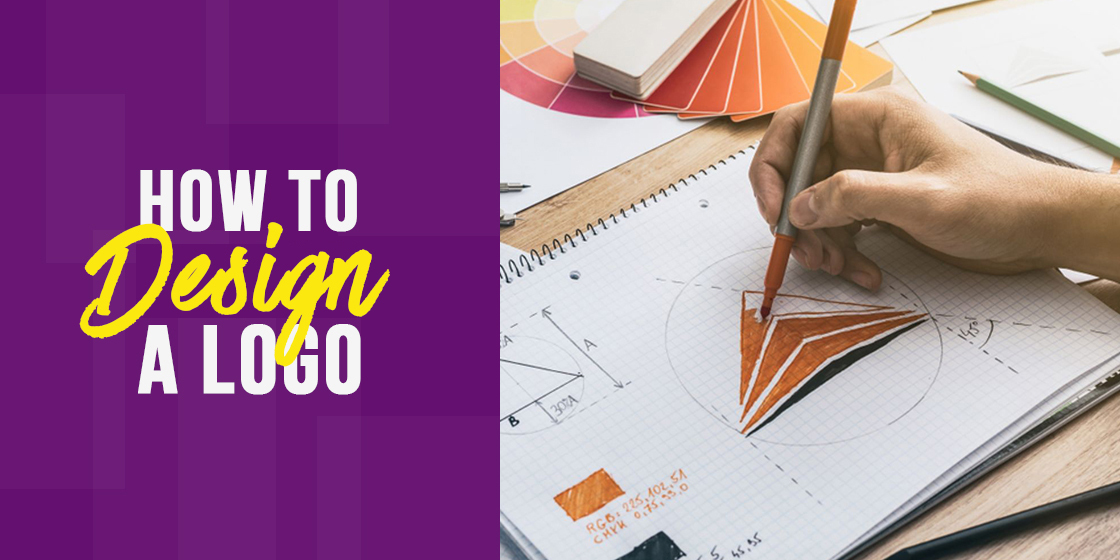
Table of Content
Discover How to Create a Logo that Represents Your Business Brand Perfectly
Knowing how to create a logo for your company is an essential part of going into business. It serves as the jumping point for a brand to develop a branding strategy. It helps to improve your brand’s recognition in the market.
Every company has different needs and wants when it comes to the ideal logo for them, which makes learning how to design a logo difficult for beginners. And as the process takes valuable time and skill and a lot of creative effort to accomplish, brands need to take it seriously.
Many businesses may think that it is an exercise in futility. However, hiring logo design services to create a fitting symbol for your company can differ between success and failure.
Our guide covers in detail the process and requirements to develop a unique and attractive symbol representing your brand. If you want to know about the process of designing a logo and logo placement, you have come to the right place.
Understanding the Concept of Brand Symbols – What Is A Logo?

A brand’s logo is its visual identifier. Its purpose is quite simple in nature – to represent the business, its aims, and any relevant brand archetypes. And if done correctly, its symbol can become as well-known and ubiquitous as the brand itself. A few great examples of the phenomenon include McDonald’s iconic golden arches, Nike’s swoosh, or Mercedes three-point star.
Such famous logos serve as the face of your business, which will make it easier for consumers to remember your brand by helping them associate attractive imagery with the company. Without such an identifier representing it, consumers would easily confuse similar brands. And that would defeat the entire purpose of branding and developing a brand identity.
Why Do Brands Design a Logo to Represent Them?
While a logo might seem insignificant compared to some of the other marketing and branding tools in your arsenal, it has a significant impact on your business. Essentially, its purpose is to portray your company’s message to the consumers, differentiating it from the competitors and making it stand out.
In this entire process, your logo acts as a beacon calling to new customers or as a visual cue for those returning. Its fundamental purpose is to create a connection with the minds of your potential consumers, cementing your brand’s role in their lives for improved engagement, growth, and brand loyalty.
There are a few reasons why a logo is so essential for a business and its brand image.
- People find it easier to remember visuals
As per the latest logo statistics, images have a better chance of being remembered compared to text or audio. According to a study conducted by researchers at the University of Toronto, human minds are neurologically built to remember images over words better.
That means that your logo is the best medium to portray your brand message effectively to your consumers.
- It allows businesses to create brand merchandise
Companies need to raise brand awareness about their businesses among their consumers. A common way to do that is by developing and producing merchandise that brings to mind your brand when looked at.
However, such items are usually small in size and provide a limited canvas for the purpose of identification. A logo is the ideal branding medium for use on such paraphernalia. Useful in a variety of sizes, it can help businesses create impactful branded swag to promote the company.
- It allows for a point of reference for a brand’s graphic designs
Consistency is what your consumers expect of you, in your quality of services as well as your brand presence. Concerning branding, consistency demands that your logo and all visuals should sport a similar color scheme and design theme.
That helps consumers relate it to the brand and helps develop a unique yet recognizable impression for your business. And with your logo being the most viewed visual element for your brand, it is a good reference point to help guide new designs for your marketing strategies.
- Most importantly, it helps your brand stand out even in highly competitive markets
A few symbols and imagery are often associated with specific market sectors. Examples include the famous Rod of Asclepius used by a variety of medical and healthcare institutions worldwide. Some use it as their logo, while others use it as a part of their symbol to signify their relationship to the field of medicine.
The Star of Life used by emergency medical services worldwide serves as a great example of an institution using the symbol of the ancient Greek god of medicine as part of its logo. Similarly, other institutions put a variety of unique spins on such similar imagery in order to differentiate themselves from others in the same market.
Designing a Logo for Your Brand – Hallmarks of a Quality Brand Symbol
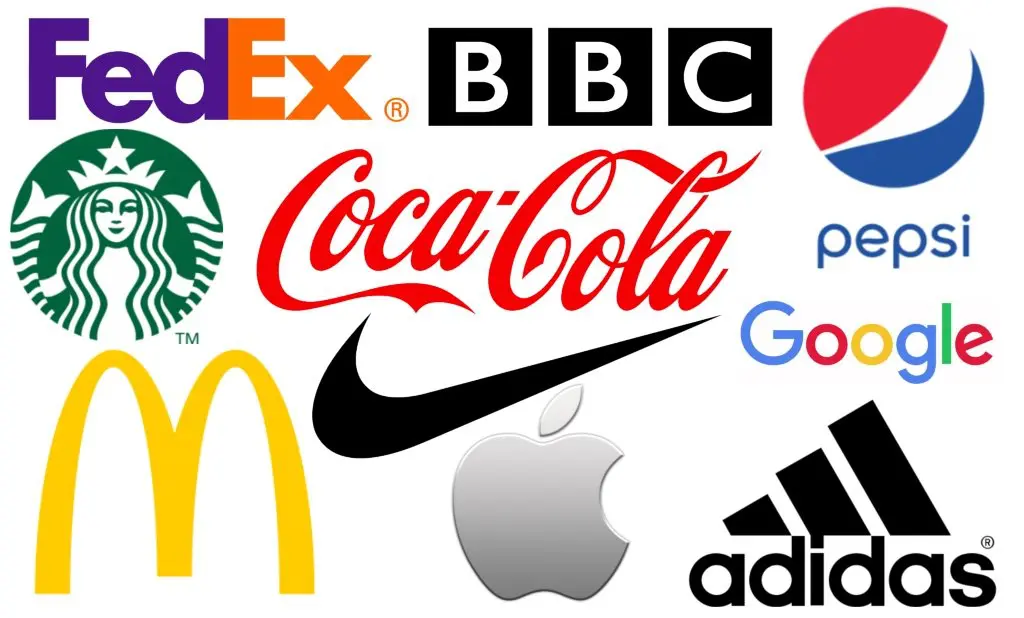
Generally, logos are designed for a variety of purposes by their brands, and as such, cannot be quantified or measured against one another. However, a few factors signify whether your logo might be considered good or bad in the conventional sense.
So whether it is choosing the suitable logo fonts or deciding what design elements to include in your symbol, a designer needs to know what factors are important when calculating a logo’s effectiveness.
Simple in Design
Simplicity and minimalism are the best options when planning to develop a logo. Statistically, people find it much easier to remember or recognize symbols with fewer intricate details. That means that the simpler the design, the higher the probability of a consumer seeing it and placing it.
Look at famous brands like McDonald’s and Nike. Their symbols are simple, with a basic design and color scheme. However, they are also some of the most famous brands internationally, with people recognizing their logo instantly.
[download_free_ebook]
Appeals to Your Demographic
It’s evident that your logo is meant to attract your consumers to your brand. That means it should sport a design that speaks to and interests those consumers. Moreover, the design should embody and portray your brand message effectively and in a way that keeps the viewers hooked.
Finally, the design of your logo should also reflect well on your industry. A law firm that uses an elaborate or visually splashy logo will end up turning its customers away. And all because their logo wasn’t consistent with what people expect from the industry.
Stands the Test of Time
Logos are a design element that is, and should be, changed rarely. A few tweaks from time to time to keep it up with the industry are understandable. Yet drastic redesigns or modifications are something that could affect years of branding efforts.
A good logo features a high-quality design that avoids any new or seasonal design trends. That will ensure that you develop a timeless symbol for your company that would represent you effectively for a long time, like the design for the Detroit Red Wings, which is one of the few NHL logos that have remained more or less the same since their inception.
Adapts to a Variety of Mediums
And finally, a good logo is usable and practical on any medium. That is why your brand needs a 3D logo design, so that it looks good on a variety of canvases. Moreover, it should be attractive and legible no matter the size while retaining its sense of conformity to the brand and its visual profile.
Such a brand symbol will be effective wherever you use it and will help you extend your brand visibility and recognition.
How to Design a Logo for Your Business or Personal Brand?
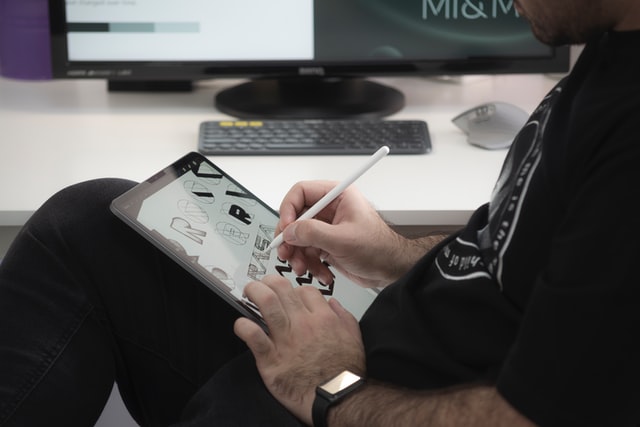
Creating your brand logo might not be so hard, especially if you know what to focus on within the project. Factors such as the types of logos that suit your brands, color combinations, suitable fonts, and more are all important when creating a symbol representing a business.
As a business owner, you need to know how to design a logo perfect for your brand. Whether you have the funds to hire a professional designer or are attempting the process yourself, knowing what goes into creating such a symbol would benefit you immensely.
Let’s take a look at the process that will help you create a logo suited for your business, company, or personal brand easily.
Step 01 – Identify Your Company’s Brand Identity
A logo is your brand’s visual identifier; that is true. However, it is not the exclusive representation of your brand. That is made up of a number of elements, including a business website, the products or services you offer, and your branding and marketing merchandise.
Combined, the entire purpose of these elements is to develop a cohesive personality – a brand identity, if you will. That helps you represent your business in the market and stand out among your competition.
Step 02 – Look Around You for Inspiration
Getting inspired is an essential step of the logo design process. As a designer, you will need to look for inspiration wherever you can – within yourself and from around you.
Now, external inspiration is easy to get. Study the multitudes of logos around you. You will discover the design trends and elements that would suit your business. Moreover, you will be able to find out how these factors would affect and influence your audience. It would also include researching your competitor’s logos to find out what makes them attractive to your target consumers.
Interior inspiration is a little different. That requires that you identify the purpose and vision for the logo that you desire. You might create a mood board and hash out all the different factors that you believe would make your logo stand out. Moreover, you could also ask your colleagues, family, or friends to give their input about what they think your logo should look like.
That will give you a great mix of ideas to work with in order to design a logo.
Step 03 – Choose The Aesthetics of Your Logo
The design aesthetic is fundamental to identify. Your logo needs to capture the true essence and vibe of the message that your brand wants to portray. While a logo serves a huge purpose, no one can deny that it is a piece of art at its root. And art can embody various styles depending on what they want to portray.
This step is usually performed in tandem with the previous step. You come up with suitable design elements for your logo.
That ensures that your logo ideas are consistent with the brand message and personality you wish to portray.
Want to depict a retro vibe? Use a combination of classic color themes and vintage fonts to give the right aesthetics. Going for a modern minimalist design? Opt for a subdued monochromatic color palette combined with a simple font for the right feel.
No matter what style you choose, the ideal way is to do so before starting the actual design process. That will ensure that the entire logo creation process goes smoothly without you going back midway to rethink the elements to match your brand message and identity.
Step 04 – Determine the Type of Logo You Desire
Before you begin to learn how to design a logo for your company, you need to know that several types of logo symbols are out there. From simple wordmarks to elaborate combination logos that utilize imagery and text, you have a variety of options to choose from.
However, these logotypes behave differently and can affect the intended impact of your design. That is why you need to identify the type of logo to create for your business as early as possible.
Let’s have a look at various styles of logo design.
Wordmark Logos
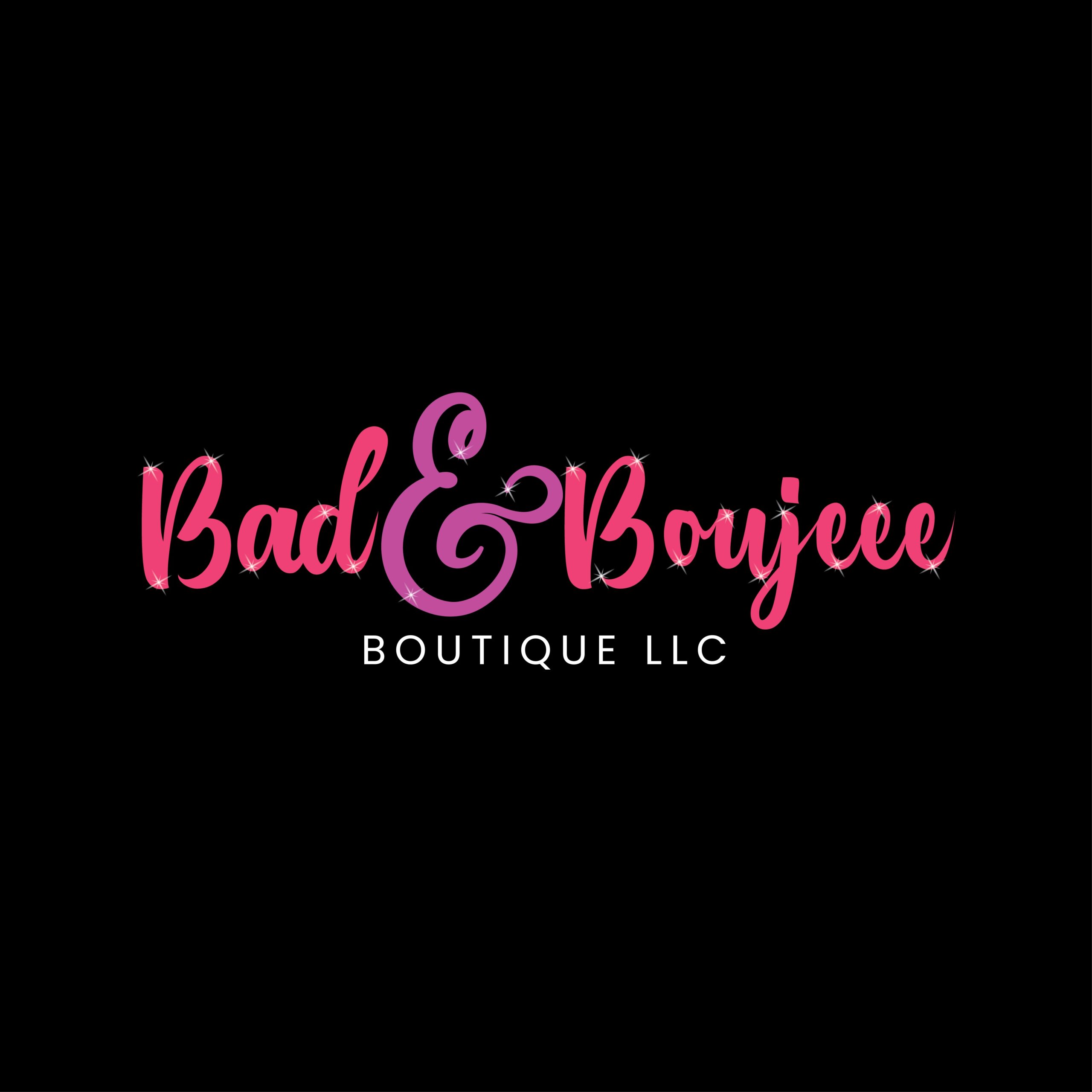
Wordmark logos are just that – letters of the alphabet arranged to spell the name of your business in a suitable font and color scheme. That works great if your brand name is catchy and unique, ensuring that people actually concentrate on the business moniker itself.
Lettermark Logos
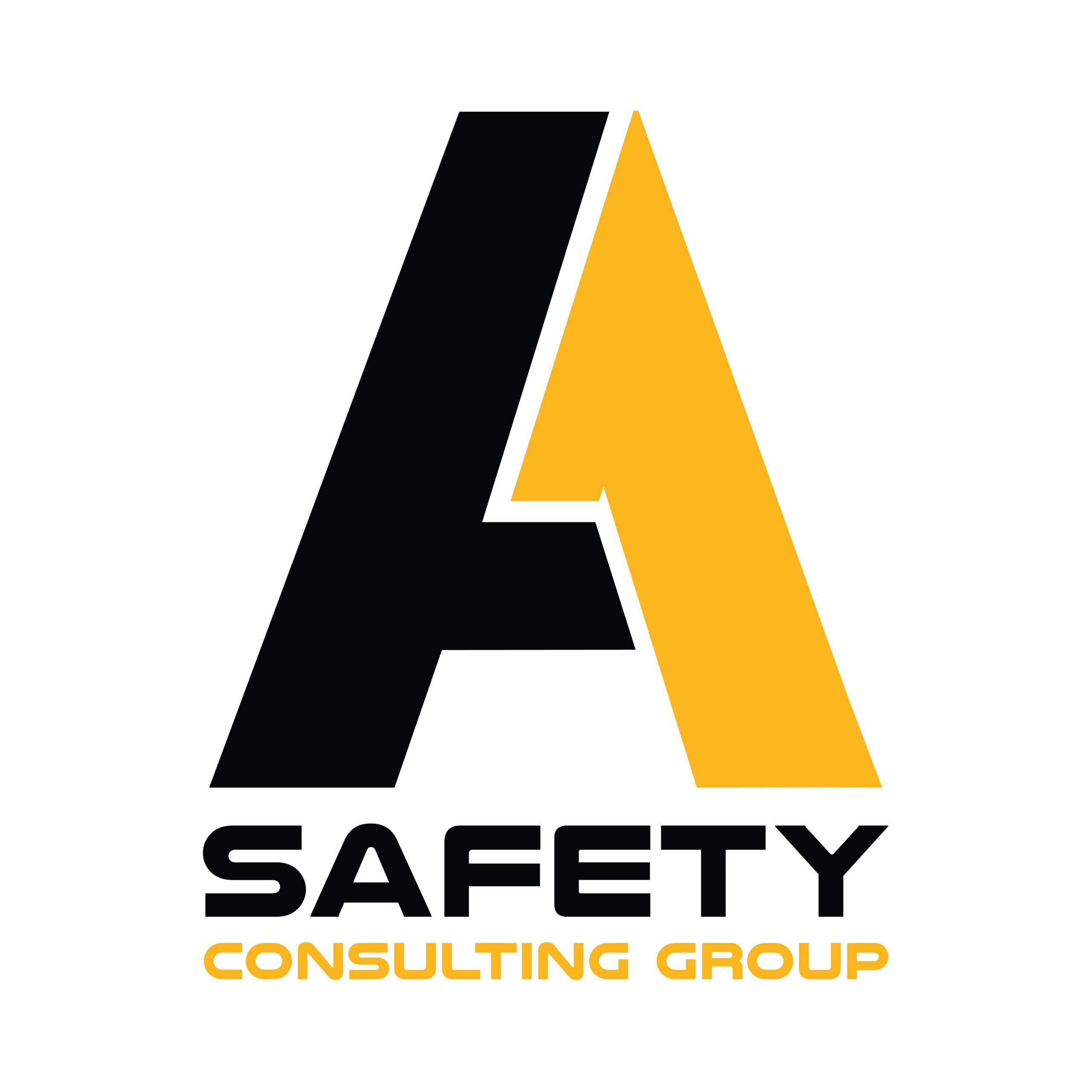
Using the same design principle as the wordmark, lettermark logos are also text-based. However, while wordmark would display your actual brand name, lettermarks generally consist of the brand’s initials – a monogram of sorts.
Symbols
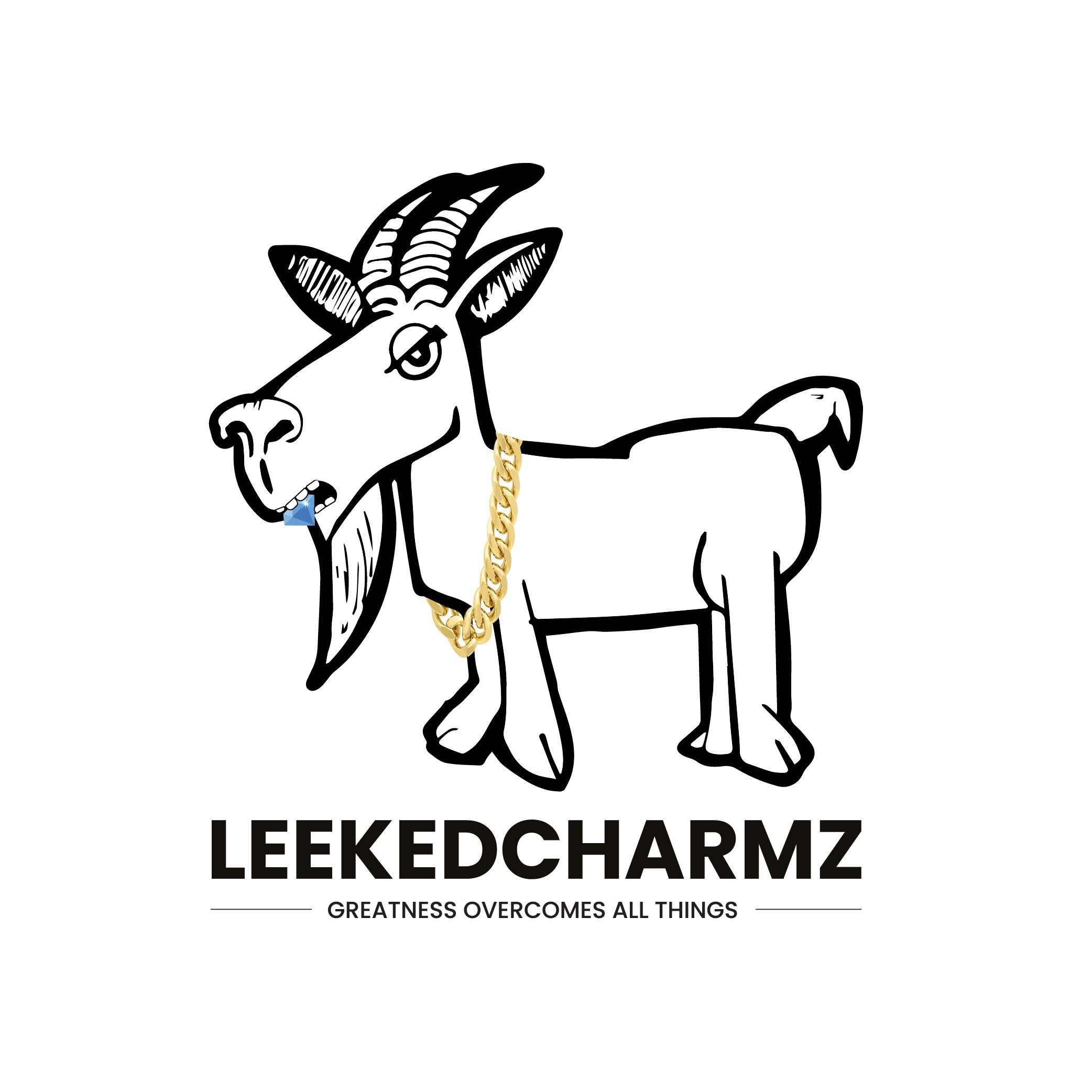
Symbols are standalone images or icons that represent your brand without any text. Usually, these icons are simple in design and are meant to boost your brand visibility by going viral. However, without a name accompanying them, they can be hard to relate to the business.
Abstract Logos
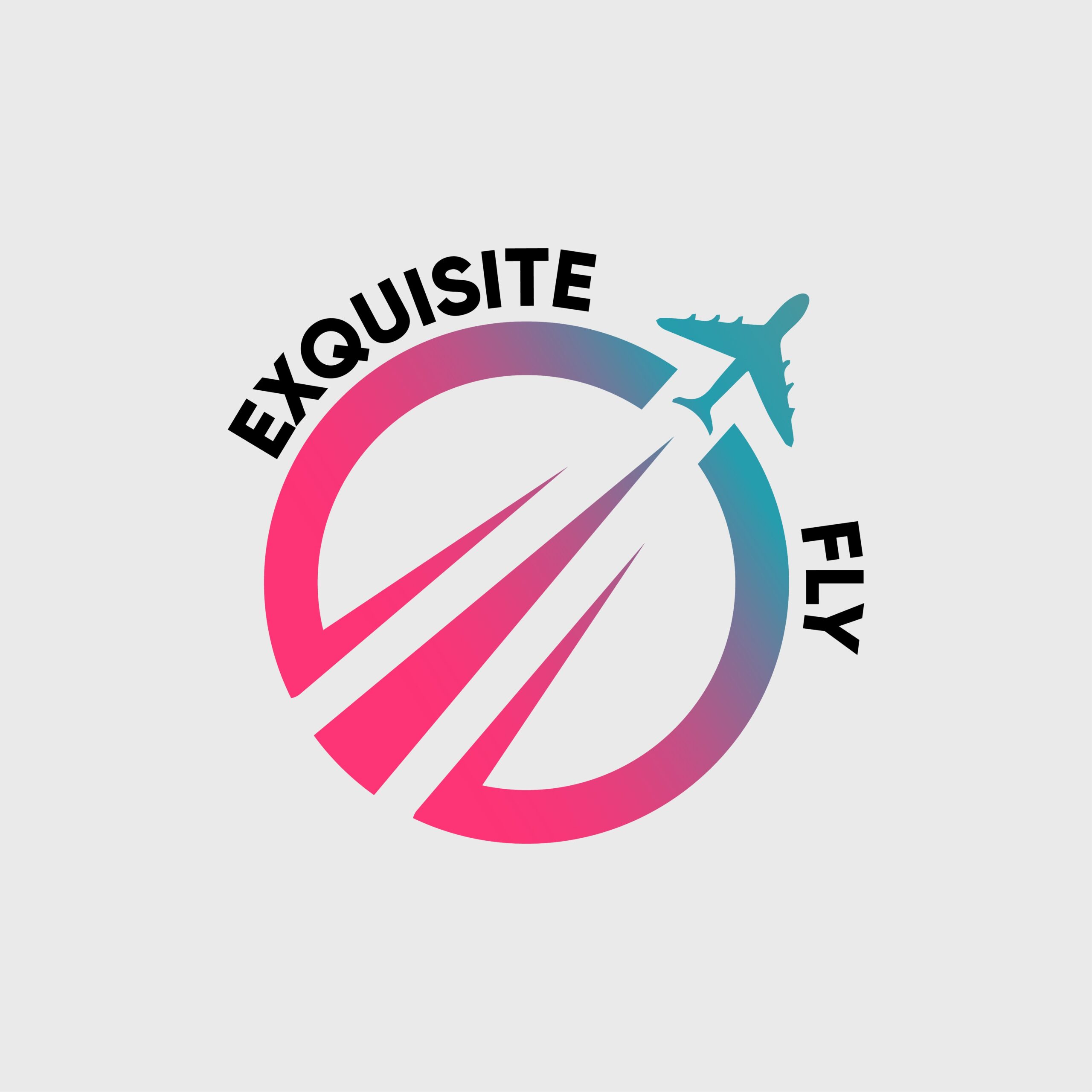
Abstract logos use the same principle as an abstract art form – combining random geometrical shapes together to form an image with a unique perspective. They are a great way to attract consumers from several nations without worrying about language or cultural barriers.
Combination Logos
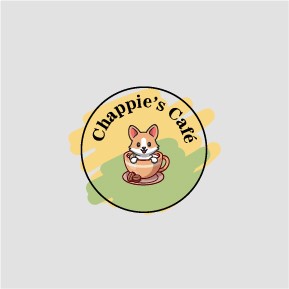
Combination logos are simply brand symbols that use a combination of text and imagery in their design. A combination symbol is the best place to start for amateurs and newcomers to learn how to design a logo. That is because the different elements support each other, resulting in a far more forgiving design.
Emblems

Emblems are the classic logos of old – intricate designs that resemble a badge or coat of arms. It usually includes an elaborate image combined with the brand name or slogan in a suitable font. The overall effect is one of elegance and heritage and is meant to convey a sense of reliability.
Step 05 – Finalize a Color Palette and Theme
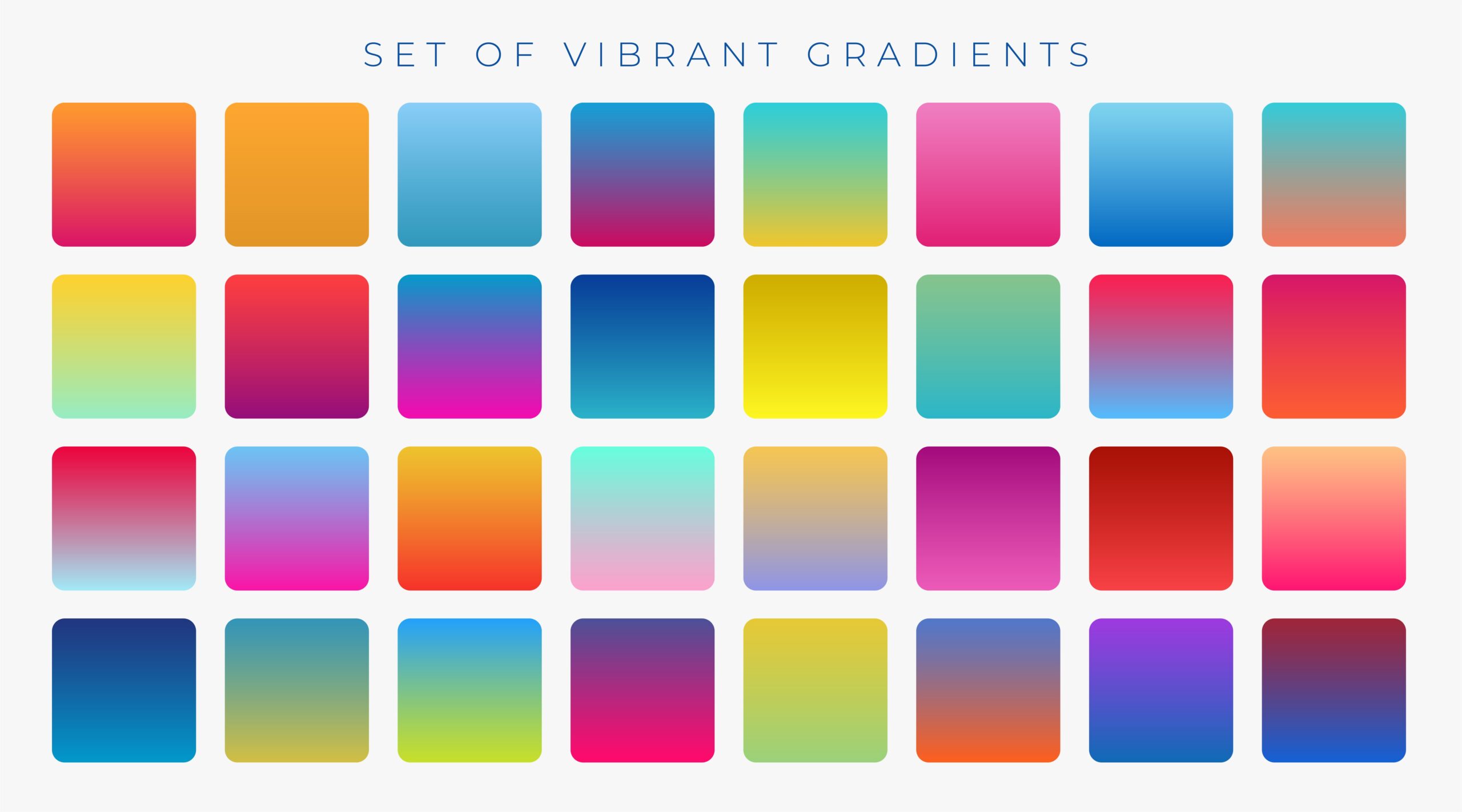
Colors are quite an impactful factor in the design world. And that is especially true when it comes to logo design. According to popular color psychology studies, different shades of colors have the ability to influence our emotions and thoughts. And that is an ability you want your logo to have.
If your logo uses the right colors, you will be able to influence how a consumer views your brand subtly. That will help you gain their trust and business over the competition. Generally, color themes for logos can be divided into three categories:
- Black and white logos are generally those who want to embody a sleek, minimalist look.
- Monochrome logos are those that use a single color or shade throughout the design. Wordmarks or lettermarks generally use it.
- Color combination logos are those that use a mix of complementary shades to make the design stand out. When used right, the combination color scheme can make some aspects of the design pop for better effect.
Step 06 – Choose Fonts That Suit Your Style
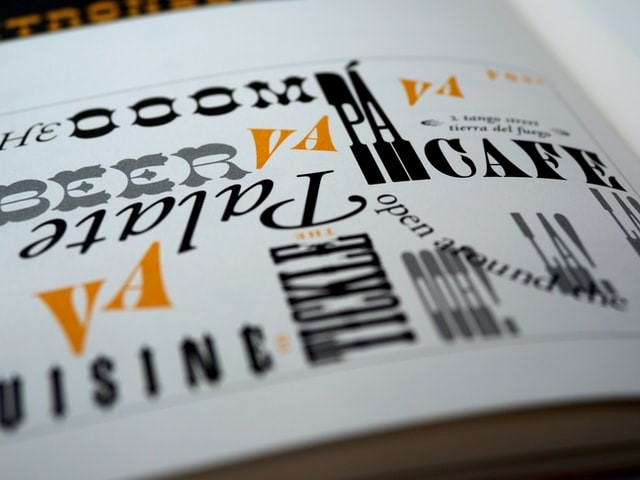
Next, you need to pick the right fonts if your desired type is a lettermark, wordmark, or a combination logo. Just like the suitable color theme, the perfect font would help you elevate and enhance the impact of your logo.
The first step is to choose the style of font you desire for your logo. Popular choices often include the basic font styles such as serif or sans serif, bold, and script typefaces. However, your choice should be dictated by the type and aesthetics of your brand logo.
Depending on your preferred style, you might use simple sans serif fonts if you want to go for a minimalist look in order to design a logo.
However, if you want something different or unique, then choosing from a variety of popular futuristic fonts might be the best option for you.
Today, many brands use stylistic fonts in artistic ways to make their wordmark or lettermark stand out through different creative techniques like overlapping and negative spacing.
Step 07 – Create Your Own Logo Mockups
Once you have all the necessary information and elements in order to create a logo for your business, you can begin the design phase. If you plan to use an online logo maker, then the first step is to open it up and start the process yourself.
However, if you hire a graphic designer, or are planning to tackle the design phase yourself, then the information will help you create a comprehensive design brief. To design a logo yourself, you will need to be skilled in the necessary tools, such as Adobe Illustrator or Adobe Photoshop.
However, the best option is to hire an experienced logo designer who understands the needs of your industry to create a logo for your business.
Step 08 – Make The Desired Changes in the Chosen Design
The first iteration of a logo is rarely the perfect one you wished for. The design would often need to go through various tweaks before you design a logo that would be the perfect representation for your brand.
In this step, you will try to make a few changes to make the symbol embody the characteristics you wanted from your logo, based on your compiled design brief. You might change the fonts, the color schemes, or even the logo’s imagery until fully satisfied with the result.
The best way to make sure you end up with the best visual representation of your brand is to create a few different logos and choose from the one that suits your vision the best.
Step 09 – Finalize The Custom Logo Design and Present it
Finally, once you make the necessary tweaks, you need to homogenize the design to ensure the resulting symbol is consistent with what you wanted. Or, if you have created multiple iterations of your logo, then this is where you will need to choose the best one.
That will ensure that you will be designing a logo that would go over well with your intended audience.
Another way to gather feedback on your design is to get people’s reactions to it via social media. You might post various logo options for people to choose from. The order of votes will give you valuable insights into the best design. Moreover, it would generate hype around your new logo and boost its visibility. Moreover, the engagement this would generate will help your brand grow, serving as one of the most effective out-of-the-box marketing ideas.
However, the final decision should always be yours. Do not let the opinion of others influence your choice, even if you trust them implicitly. Use the data and insights you have gathered via various channels, and use it to choose the option that best suits your needs.
Step 10 – Start Using Your Selected Logo
Now that you have chosen the best brand symbol for your business, you are done with the “how to design a logo” part of building a brand identity. Take a deep breath and relax– you have done it.
The next step is to use your selected logo on various platforms and canvases. You will need to generate high-quality PNG and JPG images for use on your social media channels and website. You will also require a vector-format file such as SVG for help. It allows designers to scale the image for printing without losing quality or clarity.
Next, you might need to generate smaller icons and images for use on merchandise such as business cards or other stationery pieces as part of your brand design. Suppose your logo is too complex for some uses, such as favicons. In that case, you might need to create an alternate logo, which would sport a more straightforward design yet still be related to your original plan.
8 Rules about How to Design a Logo from Scratch to Represent Your Brand Successfully
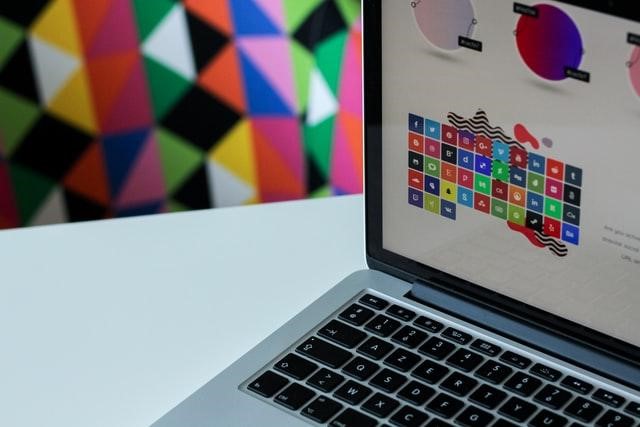
Before we start designing a logo, we need to figure out what factors influence the success of the symbols that represent our brand. As the first mode of contact with potential customers, our logo is meant to connect with them to start developing a lasting relationship.
A great brand logo requires that the designer combine exemplary design skills and creativity and effectively apply that to the design brief. Let’s look at the top eight rules to ensure that you end up with the best logo design possible.
Ask The Right Questions
The most important rule for any kind of graphic design, and most importantly, logo design, is to know the correct details. Most of the time, however, the client does not know what information would be crucial to help a designer create their perfect logo and omitting valuable details.
That is why to create a successful logo; you need to know the right questions to ask. A few critical questions to ask include:
- Why are you here?
- What business are you in?
- How do you work?
- What sets you apart from your competition?
- What is your target market?
- What do you hope to achieve with this logo?
While they might seem simple at face value, these hard-hitting questions are pretty tricky to answer unless you’ve done your homework. That is because these seemingly innocent queries have the potential to give you all that is required to create a logo perfect for you and your company.
We’ve compiled a comprehensive ebook featuring creative tips, insights from design experts, resources, and valuable information. Enter your email to get the logo ebook.
Sketch, Sketch, and Sketch
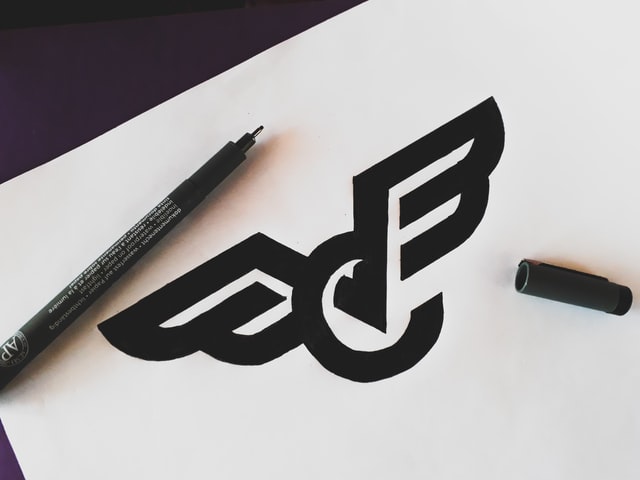
Sketching and doodling using a pen and paper is a soothing way to relax after long hours spent in front of the screen. It is also a great way to hash out design ideas that come to you randomly in a day.
For designers, having a pen and paper on hand is ideal for recording errant ideas that occur randomly throughout the day. So whether you are about to sleep and a design idea pops into your head or are wandering about the house, having a sketchpad handy is far better and more relaxing than moving to a device to try out a new idea or inspiration.
Moreover, when discussing the project with your client, a sketchpad full of design ideas is a great way to inspire them and help them visualize what their logo might look like at the end. That is especially important, as people are visual creatures, yet many have difficulty visualizing abstract ideas.
Always Check if the Design Works in Black & White
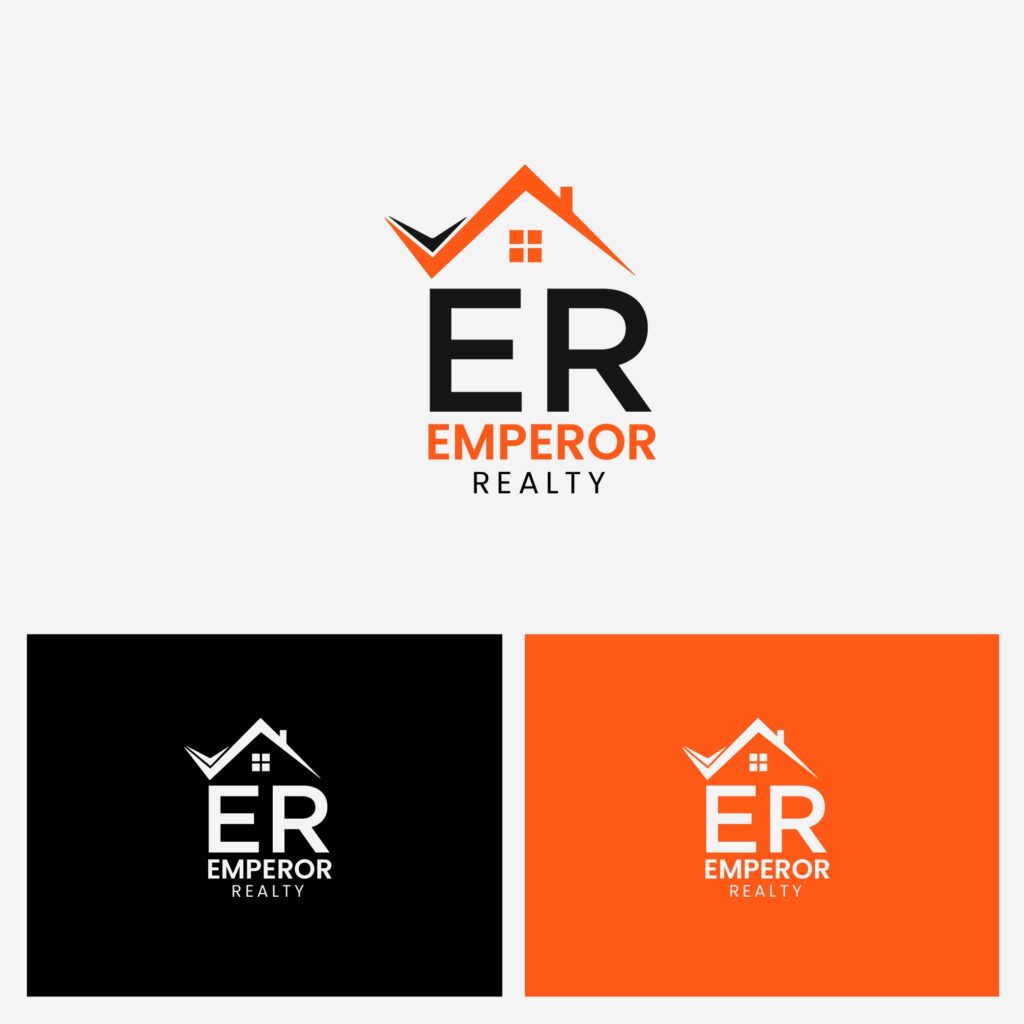
When you design a logo, the color theme you choose is significant. However, even for colored logos, a few mediums and canvases would require the symbol to be printed in black and white.
Now, suppose your logo only works when using its original color palette but loses its charm in black and white. In that case, it will fail to perform its intended task in such scenarios. That is why always check if your design works in this color format.
Let’s take the logo example of the Apple. Since 1977, the logo has changed very slightly in its original outline. However, the color theme has changed from time to time. In 1977, the logo was a multicolored affair. However, the same design worked when it was colored blue in 1995. And it still had the same impact when recolored silver in 2001 or black in 2015.
That shows that a good logo works just as well when colored black and white as it does in its original color theme.
Keep it Consistent with Your Brand Aesthetics
Of course, consistency is vital in design. That means that various design elements should be consistent throughout the branding strategy. However, it also means that your plans must be compatible with the brand message your company portrays.
For example, high-end restaurant logos may find an elaborate cursive font quite suitable for their logo. However, it would not serve a preschool or daycare. Similarly, a hot pink and orange logo might be suited to a toyshop. Yet, it would do poorly if used by a professional law firm.
That is what consistency means in logo design. That is why designers need to be aware of the psychological studies and habits of their logo’s intended market.
Recognition over Recall
Statistically, it’s easier for our brains to recognize a symbol rather than recall it from memory. In terms of branding, that means your logo needs to have a visual impact strong enough for consumers to recognize your logo instantly, bringing your brand to mind.
If the consumer needs to spend effort to recall your brand after seeing a logo, it means that the logo needs to be simplified. Essentially, the simpler the design, the better the chance for quicker recognition.
As a designer, you need to ensure that your logo is not confusing with another brand’s symbol. Moreover, the design needs to have the same impact at a variety of sizes to be considered highly recognizable.
Discover How to Design Logo that Stands Out
Obviously, the first thing you are told to cater to when learning how to create a logo is ensuring that it is unique. If your logo fails to make you recognizable in the market due to a design that results in consumers confusing it with a competitor, your logo is considered a failure. And it won’t matter how aesthetically pleasing that logo looks.
Make sure that your logo contains no elements that might make it seem similar to any brand within your industry. Focus on the typographic styles, the imagery you use, and even the type of logo you have selected to ensure a unique design meant to help you set yourself apart.
Add a Little Abstract Aesthetic into Designing a Logo

Try to test the boundaries of the various design elements in your logo. For example, you could modify your font in the wordmark to create an abstract image hidden within the design. That will intrigue viewers and help them remember your brand and your offerings due to the innovative art style.
However, try to avoid the temptation of going overboard. Too much abstraction will end up muddling your brand message and will dilute the effectiveness of your logo. The key is to find the balance in design between the abstract and the obvious.
Always Opt for a Professional Designer over an Online Logo Maker
Finally, an online logo maker might do well in a pinch. But for a lasting logo, you would do well to hire a professional logo designer to create a logo for your brand.
A designer would understand the information you have gathered for your design brief and add their signature design flair to the logo. The resultant symbol would be a combination of the clashing of two creative minds. It would be more aesthetically pleasing and far better at attracting the right consumers than a generic logo from an AI-based tool.
Once, the market had a handful of companies competing for customers in an industry niche. However, today, there are hundreds of businesses competing for the same market segment. That means businesses are finding it harder and harder to grab our attention, and thus are looking to adapt their strategies accordingly.
As the logo is the first mode of contact between a brand and a consumer, it is the first thing that most businesses look to when they want to increase their brand attractiveness. That is why the expectation and design idea behind many brand symbols has evolved dramatically over the last few years. The purpose has been to get the consumers with new expectations and aesthetics to ignore the competition in favor of forming a strong and meaningful relationship with a specific brand.
How to Design a Logo in Photoshop Vs. How to Design a Logo in Illustrator?
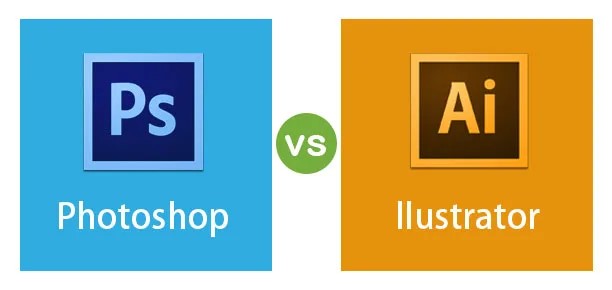
As amateur designers, the first thing many artists do is learn how to design a logo. And two of the most common queries for logo design on the internet is learning how to create a logo using one of the two most popular design tools – Photoshop and Illustrator.
Essentially, you need to understand the purpose of each tool to know which of them is better for your logo design process. Adobe Photoshop is a raster-based design tool, which manipulates images at the pixel level. That means the pictures designed in Photoshop are not well-suited for scalability and maintainability.
Adobe Illustrator, on the other hand, creates logos using vector-based designs. That means that the resultant graphics are pretty suited for scaling, something necessary for logo designs today.
Moreover, the tools available with illustrator make it suitable for various design projects where quality and image clarity are essential.
As an amateur designer or someone just starting out, the best option is for you to learn how to design a logo in illustrator, as the preferred market norm.
Designing a Logo – How Much Would It Cost?
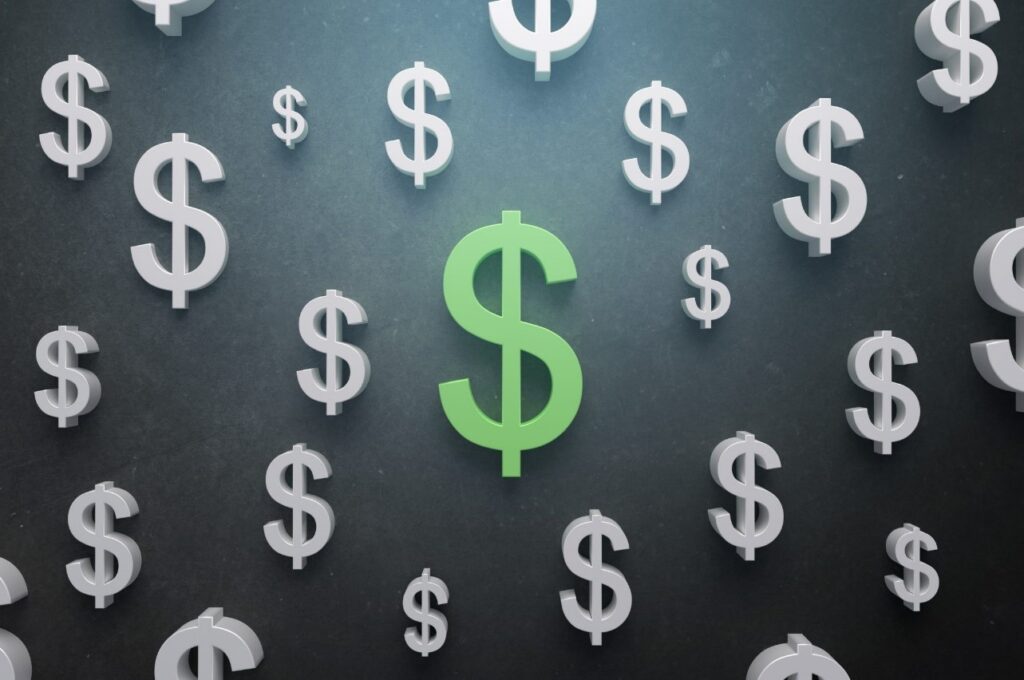
Now that we have gone over how to design a logo, the next step is to figure out the cost that could be incurred potentially. Now, this element is often influenced by two factors – the complexity of your business niche in terms of branding, and your preferred method of designing that logo.
For the first one, the greater the complexity of your business niche, the more work required to ensure that your logo stands out. For the latter, the cost goes somewhat like this. If you use an online logo maker tool, the cost would be at the lowest end of the spectrum. However, if you hire a professional logo designer for the project, whether it’s a freelancer or via a branding agency, that will cost significantly more.
Now, it may seem that the higher cost of the latter is unfair, considering that there are tools that can give you a logo for a fraction of that cost. However, the lower cost of a logo maker does come with its own cons too. Online tools often use a set of generic characters and pre-made fonts to create their logos. The result is a generic design with significant similarities to other logos created by that tool. The quality of a professionally designed logo is going to be worlds apart in terms of uniqueness, attractiveness, and effectiveness.
And that skill is exactly why a professional designer charges so much. However, that doesn’t mean that you should forgo hiring a professional if you have a tight budget. Depending on the experience of the individual in question, the logo design cost will vary drastically.
You can find professional logo designers nearly every budget, from very economical to hugely expensive. So, no matter your available budget, you will be able to find someone to create a brand symbol for you, and you only have to find the one suited to your needs.
But beware. Just because a designer charges a hefty sum for the logo design, there is no guarantee that your logo would be a great one too. One way to judge their competence is to check out their design portfolio, and see if their relevant expertise is in line with what you are looking for. Another way is to look up feedback and reviews from their previous customers. In any case, its important that you do your due diligence before spending your precious budget.
How to Create a Logo for Your Brand? Tips on Hiring a Designer for Your Logo
Unless you have extensive experience with design tools, it’s highly likely that you will need to hire a designer or use the services from a design and branding agency for your logo. However, before you do that, there are a few factors to consider before you hire that designer for your brand.
- Your Logo Design Budget
Generally, getting a professionally designed logo can cost a pretty penny in upfront costs. Ranging from $50-300 dollars at the lower end, a high-quality logo can cost tens of thousands of dollars, and sometimes even more. Before anything, you need to define your budget as per your brand means, so that you know expensive of a designer you can afford.
- What if I don’t Like the Logo Delivered to Me? Do I Still Have to Use It?
Most professional designers and branding agencies will keep you in the loop throughout the design process, showing you various mockups at different stages. That will ensure that by the end, you will end up with a logo that is in line with your aesthetics.
However, sometimes, it may be that the designer you hired would go for a one-and-done deal. In that case, you are under no obligation to accept it if it doesn’t match your requirements.
- The Project Timeframe
Finally, the available time for the logo design process is a critical factor when hiring a professional to design a logo. You need to understand that to create an effective logo, a designer will need to develop and present various mockups for you to choose from. That ensures quality, but at the expense of time. Individual designers will need more time than a branding or design agency, as the agency would have more hands on deck to cover the workload. So, your choice of designer will also be dictated by your project timeline.
How to Design a Logo for Beginners – Where to Find a Suitable Designer for Your Brand Logo?
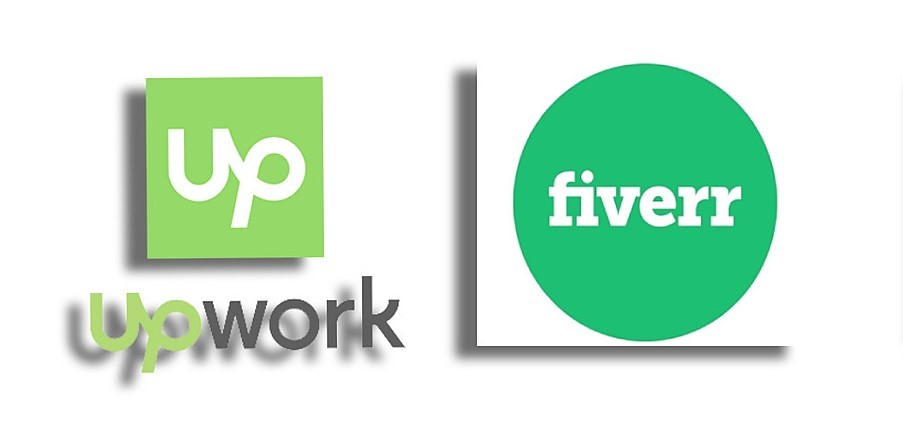
If you have decided to hire a pro logo designer near you, the next step is to figure out where to find one within your budget. There are many online platforms and marketplaces where you could see the expert you require. Some popular platforms include:
- Dribbble is an online community for designers to show their creative portfolios. It is a platform to find new designers for your projects and as a source of inspiration for newcomers and amateur designers.
- Fiverr is a famous freelancing platform to select the best designers based on their attached portfolio and client reviews. With jobs starting from as low as $5, you might find the designer you are looking for on the platform.
- Upwork is another popular freelancing platform where professionals from various backgrounds can bid on prospective clients’ jobs.
- Behance is the world’s leading online platform for creatives to highlight their talent and projects to prospective clients. You will find the designer you are looking for on this platform easily.
However, as you might’ve learned during this guide on how to design a logo for beginners, you might’ve understood that there is a lot more than design that goes into making an effective brand logo. And if you are spending the time and money on designing a logo for your brand, why not eke the most out of it?
If that’s what you are after, then the best choice for you is to go for a proper branding services agency, like Logo Poppin. These agencies offer a complete brand development package that starts with evaluating the market for you. When it comes to how to design a logo that lasts, research is one of the most important elements of that process.
Once the required information is researched, then, and only then, will the branding agency start creating your logo for you. And depending on the experience of the industry, chances are your logo will be more effective at portraying your brand than it would have with a freelance logo designer.
Frequently Asked Questions
| 1. Which app can I use to design a logo? There are a variety of apps available to design a logo. You can use the famous Adobe Illustrator to create one, or you may even use GIMP if you want to use a free tool to create a logo. |
| 2. What is the seven-step process on how to design a logo for beginners? The seven steps to designing a logo are: – Gather design inspiration. – Decide on a custom or stock design. – Plan to transform a template. – Choose the suitable logo design software. – Brainstorm ideas on paper. – Build upon simple shapes. – Choose your color palette. |
| 3. Is Photoshop good for logo design? Photoshop is not a good tool for logo design, as it uses raster-based algorithms to manipulate images. You should instead use the Adobe Illustrator, as it uses vector graphics. |
| 4. What is the best free logo design software? Wix logo maker is one the best free online design software available currently. It is pretty comprehensive and offers a variety of customization options. However, it still doesn’t beat the aesthetic and the expertise brought by a professional logo designer. |
| 5. What are the 5 principles of effective logo design? The five principles of effective logo design include: – Simple. – Memorable. – Timeless. – Versatile. – Appropriate. |
Conclusion – Knowing How to Design a Logo and Implementing It
Now that you know all that goes into learning how to design a logo that represents your brand well, you might feel a but overwhelmed. And we are here to tell you that its common among beginners, and that we understand how you feel.
That is precisely why getting a logo professionally designed takes so long and costs so much. The effort involved in ensuring that a logo suits its parent business is quite massive.
That is why its important to stay calm and plan the entire process properly. Do not rush any step of the process, including and up to the research part. Perfection comes to those who wait for it. And once you receive the final symbol, the painstaking effort and wait would be rewarded by the impact your logo will have on your intended consumers.
Moreover, the entire process of learning how to create a logo would be a fulfilling and valuable experience in itself. So whether you hire a freelance logo designer for your business or decide to spend on a professionally designed logo from a top branding agency, there’s one thing you need to know. A good logo design is one that instantly connects with the viewers and conveys its message effectively to them. And no matter how good your logo may look, it will be worth nothing if it fails to connect with the target consumers.
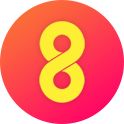
Logopoppin
Logopoppin is a graphic design agency that specializes in logo designing, web development, video production and advanced branding services. We love to innovate businesses with new age technologies, allowing them to improve their visual reputation.

